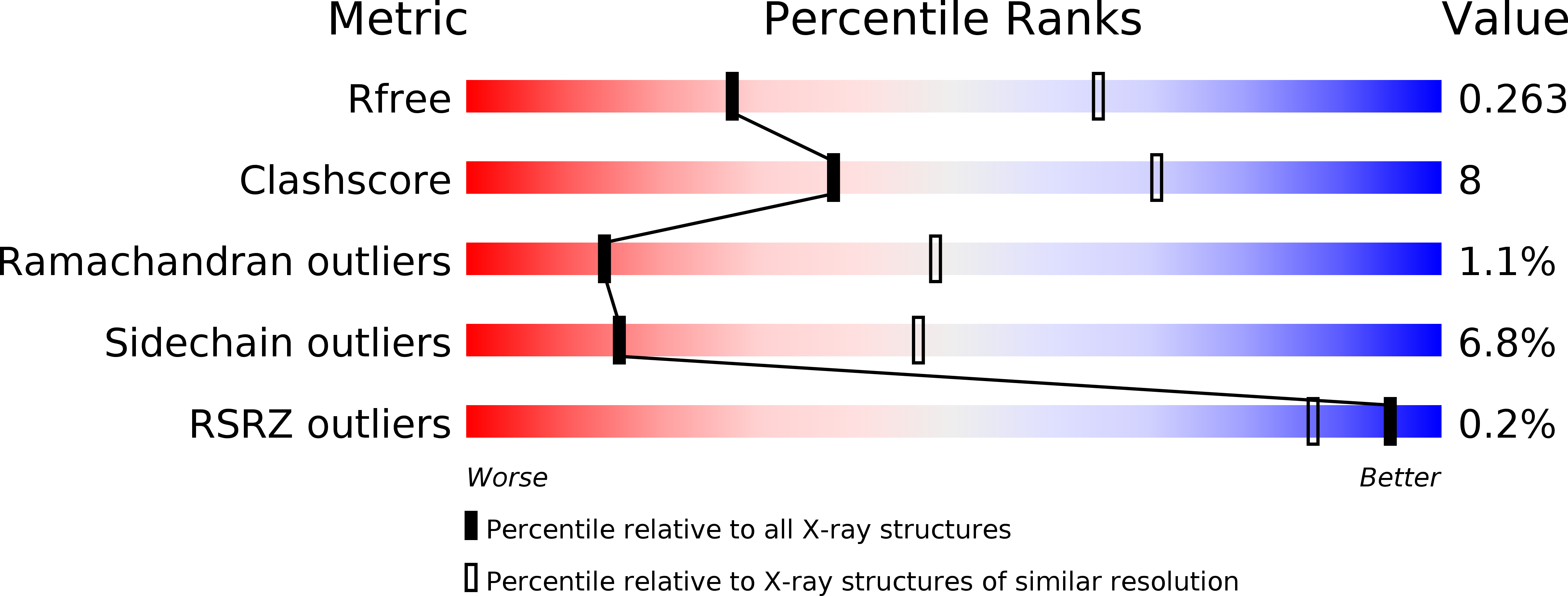
Deposition Date
2013-10-01
Release Date
2014-02-05
Last Version Date
2024-10-16
Method Details:
Experimental Method:
Resolution:
3.02 Å
R-Value Free:
0.26
R-Value Work:
0.22
R-Value Observed:
0.22
Space Group:
P 1 21 1


